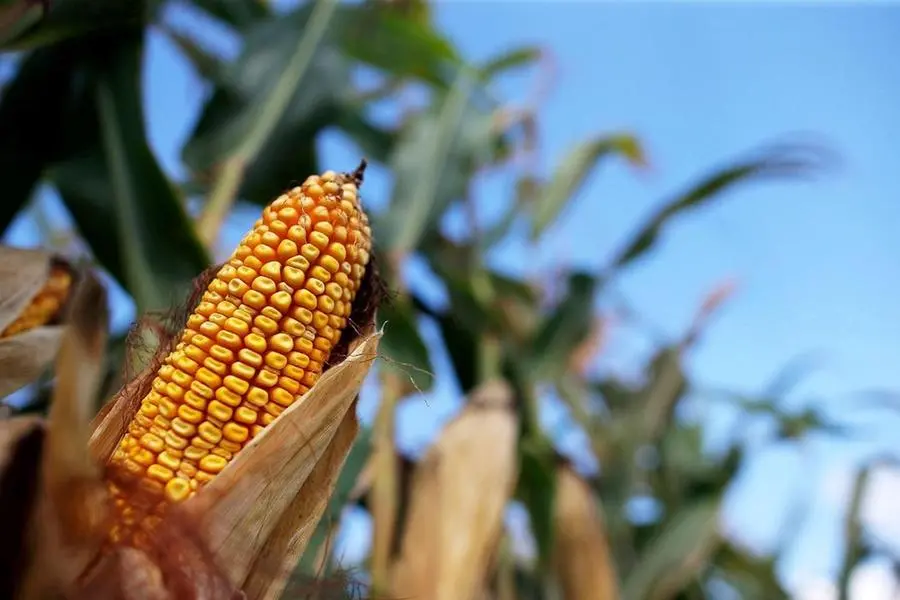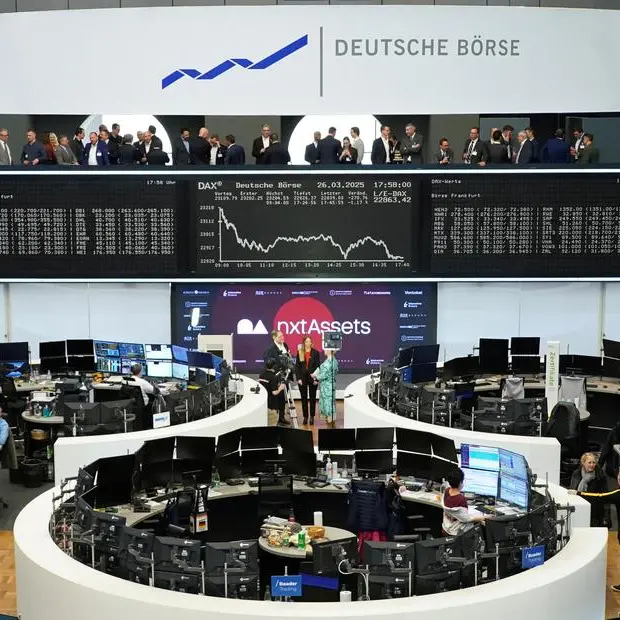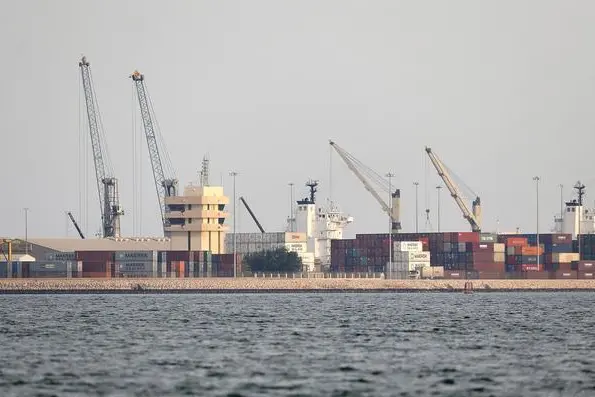PHOTO
Image used for illustrative purpose. Corn is seen in a field in Morocco, Indiana, U.S. September 6, 2016. Jim Young, Reuters
(The opinions expressed here are those of the author, a market analyst for Reuters.)
NAPERVILLE, Illinois - Record yields are already predicted for U.S. corn and soybean crops, but some of the estimates, particularly for soybeans, are becoming rather lofty.
Last week’s Pro Farmer Crop Tour confirmed massive pod populations in the soybean fields, though overall corn yields were not the best ever measured.
The annual tour sampled more than 1,600 corn and 1,600 soybean fields this year across seven major U.S. producing states, accounting for 70% of corn production and 63% of soybeans.
Scouts count the number of soybean pods in a three-by-three-foot plot and estimate a rough corn yield in each field.
Interestingly, the tour’s overall average corn yield was not better than in 2021 when all samples are weighted and combined, and this holds true whether weighting by harvested area, average production levels or number of tour samples.
But average soybean pod counts were up between 4% and 11% over the last four tours after applying weightings.
The 2024 tour corn yield falling short of 2021 may not rule out a record result. August 2021 featured the hottest average Midwestern temperatures for the month since 2010, though this August could be the coolest in several years. Lower August temperatures can help corn kernels grow fatter, increasing yields.
Each year post-tour, Pro Farmer issues production forecasts which incorporate tour data and other factors such as weather.
Pro Farmer on Friday placed U.S. corn yield at 181.1 bushels per acre, below the U.S. Department of Agriculture’s 183.1 bpa and last year’s record 177.3.
The advisory firm pegged soybean yield at 54.9 bpa, above USDA’s 53.2, last year’s 50.6, and 2016’s record of 51.9 bpa.
The tour results would appear to validate Pro Farmer’s giant soy yield, but the forecast may not. Last week was dry across the Corn Belt and that trend may continue another week or two, potentially limiting seed size.
KEY OBSERVATIONS
Tour findings supported the huge crop narrative in the I-states, where USDA projects record corn yields and record soy yields for Illinois and Indiana, but not Iowa. The biggest discrepancies were in Minnesota and Ohio.
Minnesota corn yields were the tour’s worst since 2012, down 9% from last year, though USDA sees yield unchanged on the year. Almost every single corn field in southwestern and south-central Minnesota showed visible wounds from excessive June moisture.
Tour results also clashed with USDA in Ohio, where average corn yield samples were slightly off from last year’s tour despite USDA pegging yield down 5%.
The tour samples the highest-producing portions of each state but not the whole state, and the non-tour portion of Ohio is struggling. Some 12.5% of the state is in extreme D3 drought per the U.S. Drought Monitor, a weekly record in data back to 2000.
In Minnesota, the tour results suggest the upper two-thirds of the state, where yields are generally lower, must have earth-shattering results to achieve a state corn yield anywhere close to last year.
The tour soybean results were less controversial versus USDA, though pod counts in Ohio were down 2% on the year while USDA sees the state’s soy yield rising 2% to a new high. Pod counts were up just 1% on the year in Nebraska, though USDA has yield rebounding 15%.
Scouts found soil moisture in the western states at the best levels in a few years, which could help the soybeans better cling to yield potential amid the dry summer finish.
PRO FARMER VERSUS USDA
Pro Farmer estimating a lower U.S. corn yield than USDA is hardly a surprise as the advisory firm has done so in all but four of the last 20 Augusts (not 2007, 2009, 2014, 2021).
That is statistically the safer bet since final U.S. corn yield has been lower than USDA’s August forecast in 12 of the last 19 years, though record yielding years are often the ones to buck this trend.
Soybeans offer a very interesting scenario. The last five times Pro Farmer’s August soy yield was equal to or above USDA’s (2021, 2018, 2016, 2014, 2011), final yield ended at or above whatever USDA had said in August.
Additionally, USDA’s September yields came in higher versus August in each of those five years.
The government still has a slight edge on Pro Farmer. USDA’s August corn and soybean yields were closer than Pro Farmer to the finals in six of the last 10 years, but not necessarily the same years for each crop. Karen Braun is a market analyst for Reuters. Views expressed above are her own.
(Writing by Karen Braun Editing by Matthew Lewis)























